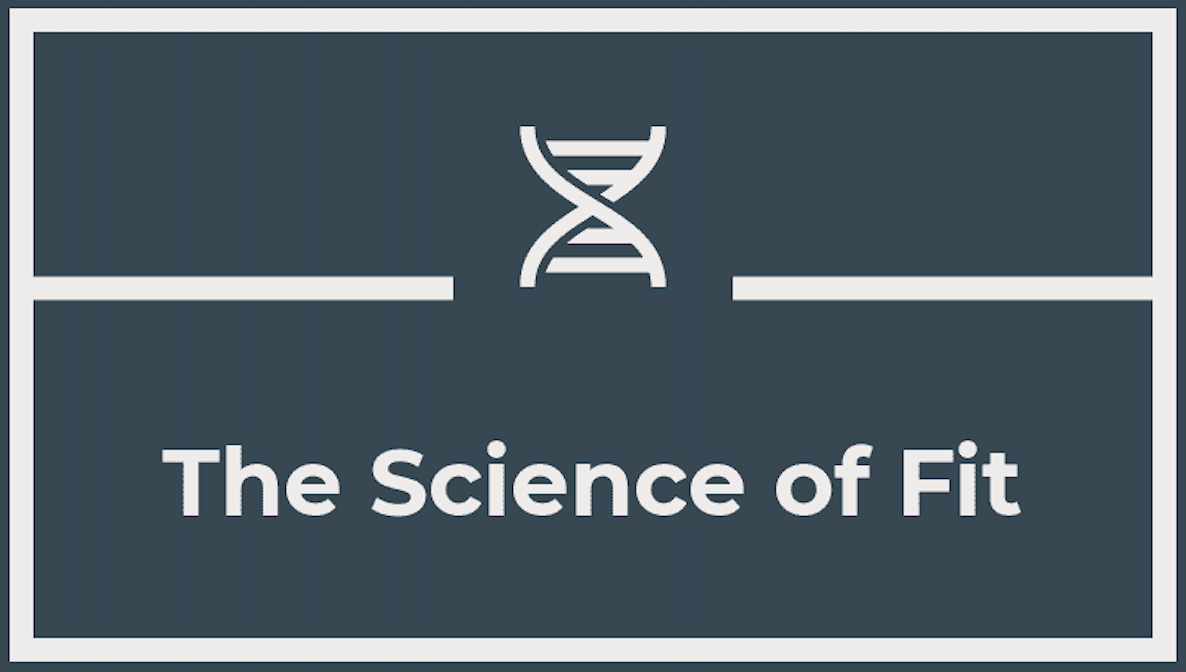The Power in Eccentric
Eccentric Training and Muscle Hypertrophy: Unraveling the Impact on Skeletal Muscle Adaptations

Eccentric training, characterized by the controlled lengthening of muscles under load, has gained prominence as a unique modality in resistance exercise. This article reviews the current scientific literature to elucidate the impacts of eccentric training on muscle hypertrophy, exploring the physiological mechanisms that underlie the observed adaptations. Understanding the distinct effects of eccentric training provides valuable insights for optimizing resistance training protocols and enhancing skeletal muscle development.
Introduction:
Resistance training has long been recognized as a key stimulus for muscle hypertrophy. While concentric (muscle shortening) contractions are a fundamental component of traditional resistance exercises, eccentric (muscle lengthening) contractions have garnered attention for their potential to induce unique physiological responses, contributing to enhanced muscle growth.
Eccentric Training Protocols:
Eccentric training involves emphasizing the eccentric phase of resistance exercises, either by focusing on the lowering phase of a lift or by employing specialized eccentric-only exercises. Common examples include eccentric squats, Nordic hamstring curls, and accentuated eccentric bench presses. The application of eccentric overload, achieved by using heavier loads during the eccentric phase, is a hallmark of eccentric training.
Muscle Damage and Repair:
Eccentric contractions induce greater mechanical stress on muscle fibers compared to concentric contractions. This increased stress can result in microscopic muscle damage, triggering a cascade of cellular events associated with muscle repair and remodeling. The subsequent activation of satellite cells and increased protein synthesis contribute to muscle hypertrophy.
Metabolic Stress:
Eccentric training is associated with heightened metabolic stress due to the prolonged time under tension during the eccentric phase. This metabolic stress, characterized by the accumulation of metabolites such as lactate, may play a role in stimulating hypertrophic adaptations. The activation of signaling pathways related to muscle protein synthesis and growth is influenced by the metabolic stress induced by eccentric contractions.
Hormonal Responses:
Eccentric training has been shown to elicit specific hormonal responses that may contribute to muscle hypertrophy. Increases in growth hormone and insulin-like growth factor-1 (IGF-1) have been observed following eccentric exercise, potentially amplifying the anabolic environment conducive to muscle growth.
Neural Adaptations:
The neuromuscular adaptations associated with eccentric training, including increased motor unit recruitment and synchronization, may contribute to the observed hypertrophic effects. Eccentric training has been suggested to enhance neural drive and improve the efficiency of force production, facilitating greater muscle activation during subsequent resistance exercises.
Practical Implications:
Incorporating eccentric training into resistance training programs may offer a strategic approach for individuals seeking to optimize muscle hypertrophy. Periodization strategies that include eccentric-focused phases or specific eccentric exercises can be tailored to individual training goals and preferences.
Conclusion:
Eccentric training represents a valuable paradigm in resistance exercise, exerting unique influences on muscle hypertrophy through mechanisms involving muscle damage and repair, metabolic stress, hormonal responses, and neural adaptations. As our understanding of the nuanced effects of eccentric training continues to evolve, practitioners can leverage this knowledge to design evidence-based resistance training programs that target specific aspects of muscle development. The integration of eccentric training into comprehensive resistance training protocols holds promise for enhancing the effectiveness of muscle hypertrophy strategies and advancing the field of strength and conditioning.










